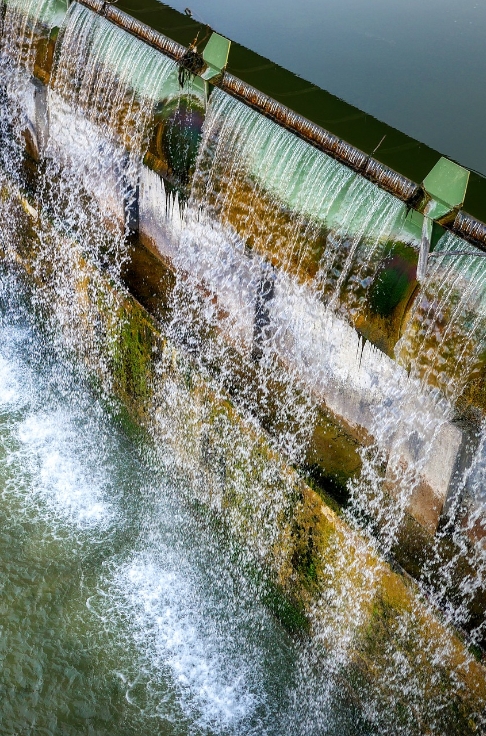Water Industry
Clean Water, Public Health
Despite today’s very well developed and modern drinking water supply systems, large-scale disease outbreaks due to virally or bacterially contaminated drinking water occur regularly even in industrialized countries. More than seven million cases of infectious waterborne diseases are recorded in the United States each year, causing over 6,000 deaths and costs of $3+ billion. Worldwide, there is a growing awareness of the need for safe drinking water. The Millennium Development Goals agreed by the United Nations considers access to safe drinking water as an essential component for securing livelihoods.
The entry of pathogens into systems bearing drinking water can occur via many routes of dissemination, such as inadequate wastewater treatment. Another source is fecal inputs from agriculture into surface waters or groundwaters used to produce drinking water.

Extreme weather events such as flooding can also result in contamination of drinking water with robust pathogens. As the number of such events is expected to increase as a result of the climate change, drinking water sanitation will likely be impacted. Furthermore, the increase in global average temperature could favor the proliferation of pathogens in drinking water. To meet these challenges, an expansion of hygiene monitoring for drinking water is necessary.
Thanks to its µBead sensor technology, SpheroScan can be used inline in various process steps of water treatment in a decentralized manner. This makes it possible to monitor the quality of drinking water over a wide area at economical operating costs.
List of 10 leading pathogens in public water systems:
- Giardia
- Legionella
- Norovirus
- Shigella
- Campylobacter
- Copper
- Salmonella
- Hepatitis A
- Cryptosporidium
- E. coli, excess fluoride (tie)
FluIDect GmbH
If you have any questions, please contact us.
Address
Winzerlaer Str. 2, 07745 Jena, Germany
Call Us
+49 (0) 3641 / 55 41 380
Email Us
info@fluidect.com
